Bike Build Story: Das Grundgerüst unserer XC Rennfeile steht mittlerweile. Rahmen, Gabel, Antrieb, Laufräder, Reifen und Bremsen haben wir bereits ausführlich vorgestellt. Heute widmen wir uns einem oft extrem unterschätzten Bereich des Fahrrads – dem Cockpit. Hier zählen nämlich nicht nur Gewicht und Optik, sondern vor allem auf die Ergonomie kommt es an. Wir setzen auf eine Kombination von Haero Carbon und Hope.
Der Weg zum passenden Bike ist oft steinig und lang. Die Probleme kennt wahrscheinlich jeder: Nach ein paar Stunden im Sattel zwickt es dann eben doch, der Rücken schmerzt, die Finger werden taub oder die Handgelenke fühlen sich an wie eine ausgenudelte Pfeffermühle von Omas Dachboden. Sicher, viele Probleme lassen sich mit entsprechend zielgerichtetem Training lösen, oft liegt der Schlüssel zu einer passenden Sitz- und Griffposition jedoch auch bzw. vor allem am Cockpit.
Hier spielen mehrere Faktoren mit in die Rechnung – zum einen die allgemeine Lenker- bzw. Vorbauhöhe, die zum Teil vom Rahmen vorgegeben ist, sich aber über Spacer unter dem Vorbau noch entsprechend korrigieren lässt. Dann natürlich Vorbaulänge und -neigung, Lenkerbreite, sowie Backsweep und Rise. Zu guter Letzt können dann auch die Griffe noch einen Unterschied machen. Viele Faktoren also – die ganze Sache wird auch deshalb noch komplizierter, weil sich die einzelnen Werte gegenseitig beeinflussen.
Es ist also unglaublich schwierig, hier allgemeine Tipps zu geben oder die Ergonomie einzelner Komponenten zu bewerten, da das natürlich auch sehr stark vom Rahmen, von der Sitzposition und der individuellen Anatomie abhängig ist. Natürlich hilft hier zum einen Erfahrung, zum anderen schadet auch das Testen unterschiedlichster Setups nicht, um die Unterschiede wirklich am eigenen Leib zu spüren. Auch ein Bikefitting ist für ambitionierte Fahrer sicherlich gut angelegtes Geld.
Der Lenker: Haero Carbon H.125 XC SL
100% Made in Germany – wo gibt es das heute im Fahrradbereich noch? Auf den edlen Haero Carbon H.125 XC SL Lenker trifft aber eben genau das zu. Von der Produktentwicklung über die Produktion bis hin zum allerletzten Feinschliff findet jeder Schritt in eigenem Hause auf deutschem Boden statt. Haero Carbon ist ein Tochterunternehmen der schwäbischen Alfred Härer Werkzeugbau GmbH, die seit Jahrzehnten hochwertige Formen und Werkzeuge auch für die Automobilindustrie produziert. Dank dieses Know Hows und der entsprechenden technischen Ausstattung ist es möglich, die Produkte vom ersten Entwurf bis zum fertigen Bauteil selbst zu produzieren.
Angesichts dieser Rahmengeschichte ist der Preis von 199€ für den von uns ausgesuchten Lenker äußerst fair, um nicht zu sagen: Günstig. Andere Hersteller rufen für in Fernost produzierte Massenware aus Carbon ähnliche Preise auf. Wer auf „Made in Germany“ verzichten kann, findet mit dem Haero Carbon H.125 XC einen großteils baugleichen Lenker, der in Asien hergestellt wird und ein paar Gramm mehr auf die Waage bringt, eine günstigere Alternative im Programm der Schwaben.
Geringes Gewicht und maximale Stabilität?
Der 740mm breite Lenker brachte in unserem Fall exakt 130g auf die Waage und lag damit lediglich zwei Gramm über der Herstellerangabe von 128g – super. Wer bei einem so leichten Lenker jetzt aber Bauchschmerzen und Stabilitätszweifel bekommt, kann beruhigt sein: Haero Carbon gibt den Lenker sogar auch für den harten Enduro-Einsatz frei – auch wenn er mit seinem Abmessungen dort wohl fehl am Platze ist und Enduristen besser auf den H.175 ED SL zurückgreifen.
Mit seiner Breite von 740mm dürfte der Lenker so ziemlich im Bereich dessen liegen, was heutzutage an den meisten XC und Marathonbikes zum Standard gehört. Wer es aber doch lieber etwas kürzer hat, kann den Lenker auch dank der integrierten Sägehilfen problemlos selbst kürzen und damit sogar noch ein paar Gramm sparen.
Gewicht: 130g
Klemmmaß: 31,8mm
Breite: 740mm
Rise: 0mm
Backsweep: 8°
Preis: 199€
Die Lenkerbreite ist jedoch nicht einmal die halbe Wahrheit: Mindestens ebenso wichtig sind Backsweep und Rise. Fangen wir hinten an: Wir haben uns für unser schnelles Racebike für einen klassischen Flatbar ohne Rise entschieden. Das ist auch Geschmackssache und wird selbst im Worldcup-Zirkus nicht mehr gar so dogmatisch gesehen wie noch vor zehn Jahren, wo ein Riser Lenker an einem XC Bike fast undenkbar war. Doch der niedrige Lenker hat durchaus seine Vorteile – natürlich rückt er das gesamte Cockpit nach unten und damit den Fahrer in eine sportlich-gestreckte Sitzposition mit ordentlicher Sattelüberhöhung. Das ist gut für die Aerodynamik und man bringt auch ordentlich Druck auf’s Pedal.
Zu unrecht unter den Tisch gekehrt wird oft der Backsweep eines Lenkers: Damit ist die Biegung nach hinten gemeint, die beinahe alle modernen Lenker vorweisen können. Wieso? Dies hat vor allem mit der Handstellung während der Fahrt zu tun. Im Optimalfall bilden die Unterarme bis zu den Händen eine gerade Linie – das beugt Taubheitsgefühlen in den Fingern vor. Ein komplett gerader Lenker würde in den meisten Fällen dazu führen, dass die Hände nach außen knicken. Mit 8° Backsweep liegt man hier bei HC im Standardbereich und dürfte den Sweet Spot für die meisten Fahrer treffen.
Der Vorbau: Haero Carbon ST.110
Ebenfalls von Haero Carbon kommt der Vorbau, der entgegen des Herstellernamens nicht aus Carbon sondern aus Aluminium besteht. Das ist nicht allzu überraschend, denn obwohl Carbon bei Lenkern inzwischen ab einer bestimmten Preis- bzw. Gewichtsklasse bereits zum guten Ton gehört, sind MTB-Vorbauten aus Carbon noch immer exotisch und extrem teuer. Das liegt vor allem an den komplexen Anforderungen, die der MTB-Einsatz an das Bauteil stellt: Die Klemmungen am Steuerrohr und am Lenker sollten schonend und kräftig zugleich sein, Steifigkeit in alle Richtung ist für das Fahrverhalten extrem wichtig und klar: Stabilität muss nach wie vor die oberste Maxime sein. Um dieses Pflichtenheft mit einem Carbonvorbau zu erfüllen, sind extrem aufwändige Verfahren und hochwertiges Material nötig – bei überschaubarer Gewichtsersparnis. Deshalb ist hier noch immer Aluminium der Baustoff der Wahl.
Dass sich auch so gute Gewichte erzielen lassen, zeigt der Haero Carbon ST.110: In der von uns ausgesuchten Länge 90mm bleibt die Waage bei gerade einmal 112g stehen. Das geht aus Aluminium kaum leichter – und mit 69€ reißt der Vorbau auch kein allzu großes Loch ins Portemonnaie. Die Klemmungen kommen ohne exotische neue Konstruktionen aus und sind eher traditionell ausgeführt: Zwei Schrauben am Schaft stehen vieren beim Lenker gegenüber.
Die Griffe: Hope Lock On SL
Aus England kommen die Griffe an unserem Rennhobel: Die Hope Lock On SL werden wie alle Hope-Produkte komplett selbst in Großbritannien gefertigt und sehen auf den ersten Blick recht unscheinbar aus. Die runde Form dürfte vielen Fahrern entgegenkommen, da sie deutlich neutraler ist, als vorgeformte „Ergo-Griffe“, die bei vielen Fahrern mehr Probleme verursachen als lösen.
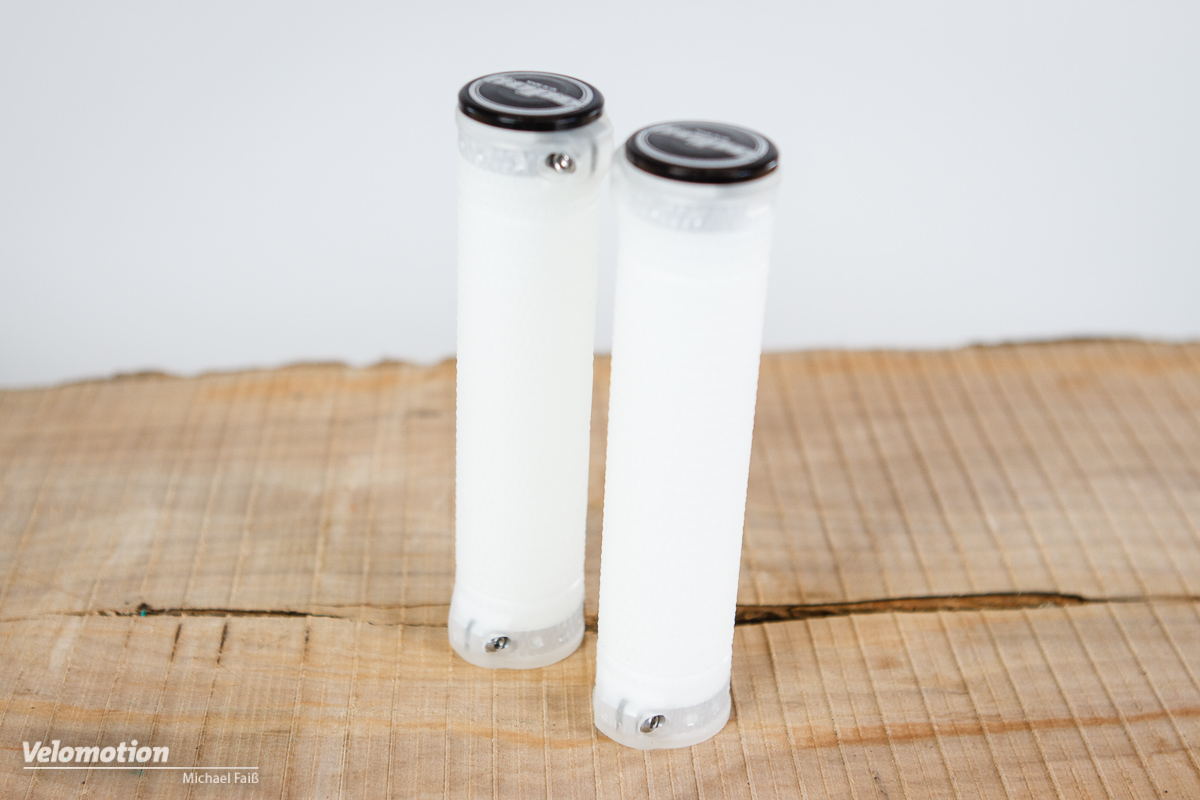
Doch Hope wäre nicht Hope, wenn man sich nicht auch bei den Griffen einige Besonderheiten überlegt hätte. Das beginnt bei der effektiv nutzbaren Breite von 135mm – auf dem Papier sind zwar viele andere Griffe ebenso breit, doch in der Praxis sieht es anders aus, da sich der Griffbereich selbst eben nur von Lockring zu Lockring erstreckt. Anders bei Hope: Hier sitzen die Klemmringe unter dem Gummi-Compound – clever! Apropos Compound: Dieser ist schön weich, sehr griffig, fast klebrig, fällt insgesamt aber recht dünn aus – wer also einen Sofa-Griff sucht, muss sich wohl woanders umsehen.
97 Gramm brachte unser weißes Paar auf die Waage und liegt damit etwas über der Herstellerangabe, zählt aber dennoch eher zu den leichten Lock-on Griffen. Mit Aufschiebegriffen ließe sich hier das eine oder andere Gramm sparen, doch die Erfahrung zeigt einfach: Gerade im Renneinsatz, wo man sich das Wetter nicht aussuchen kann und es mitunter richtig nass zugeht, verdrehen sich Griffe zum Aufschieben gerne und sind ein echtes Sicherheitsrisiko. Da sind für uns persönlich die 40 oder 50 Gramm Mehrgewicht in den Klemmringen gut angelegtes Mehrgewicht. 32,50€ kosten die Hope Griffe im Handel.

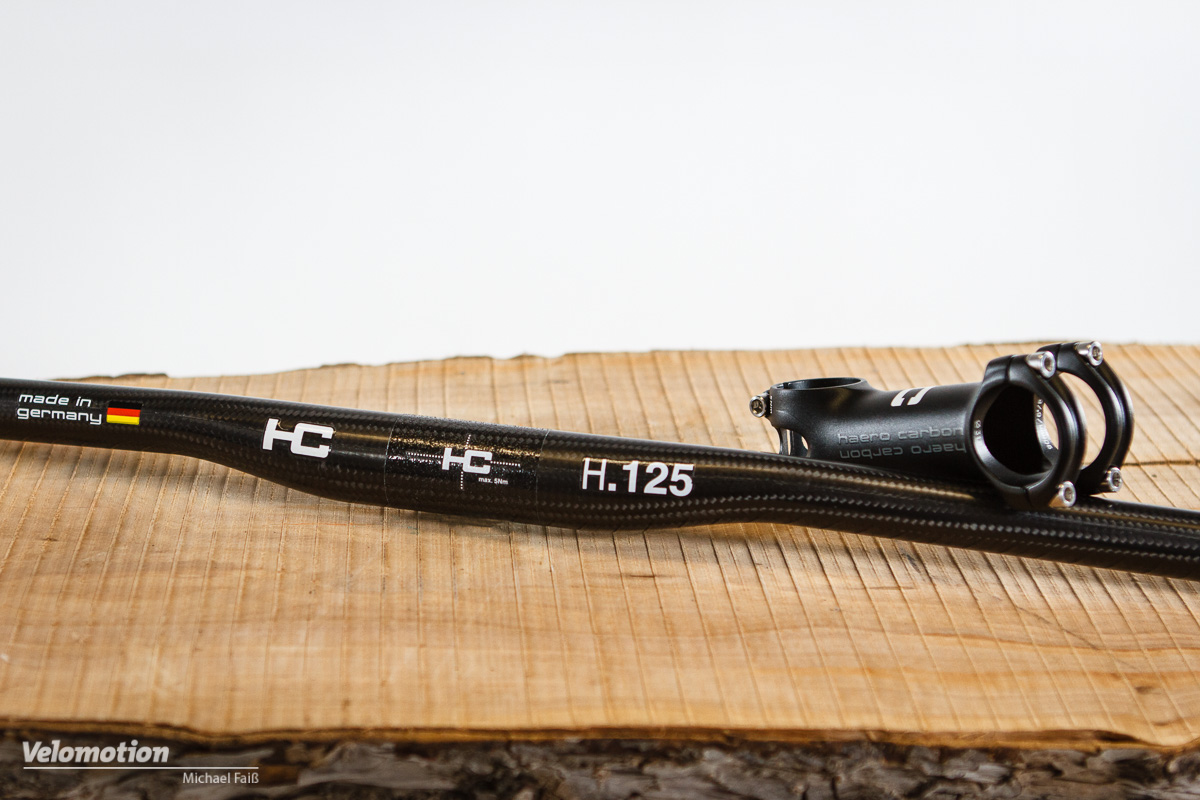
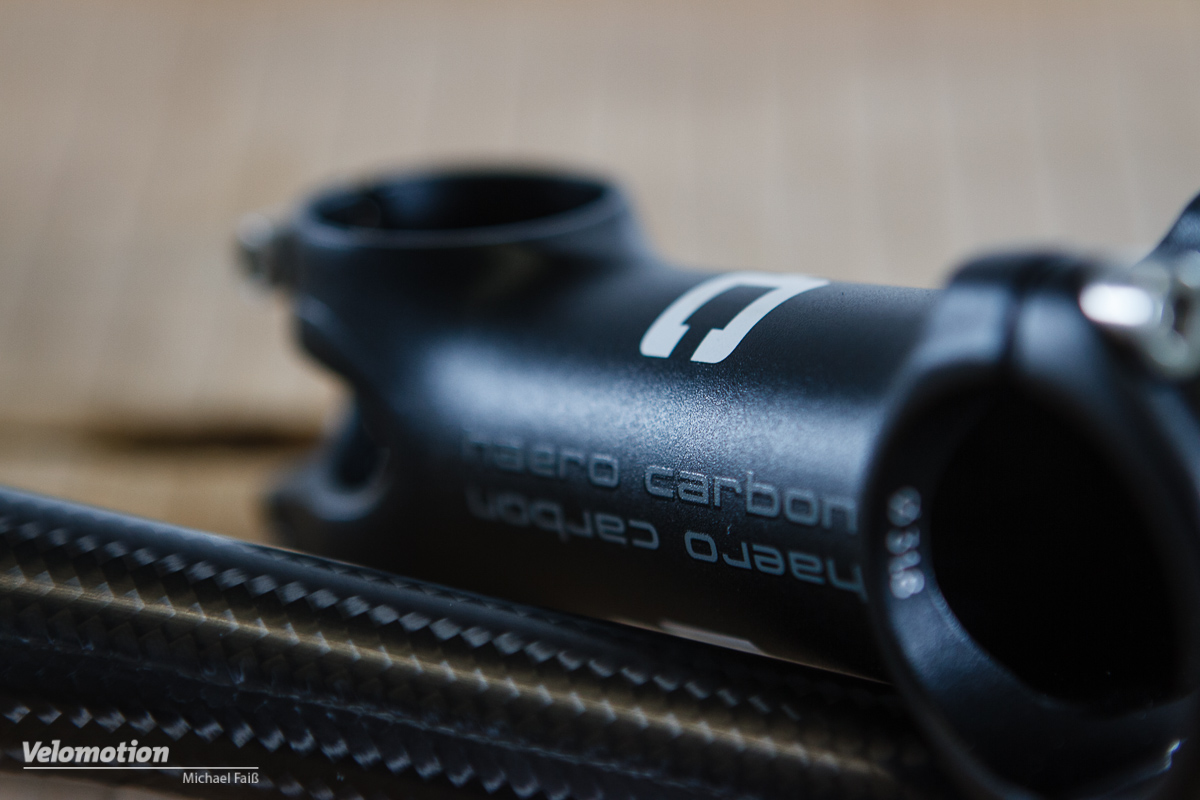
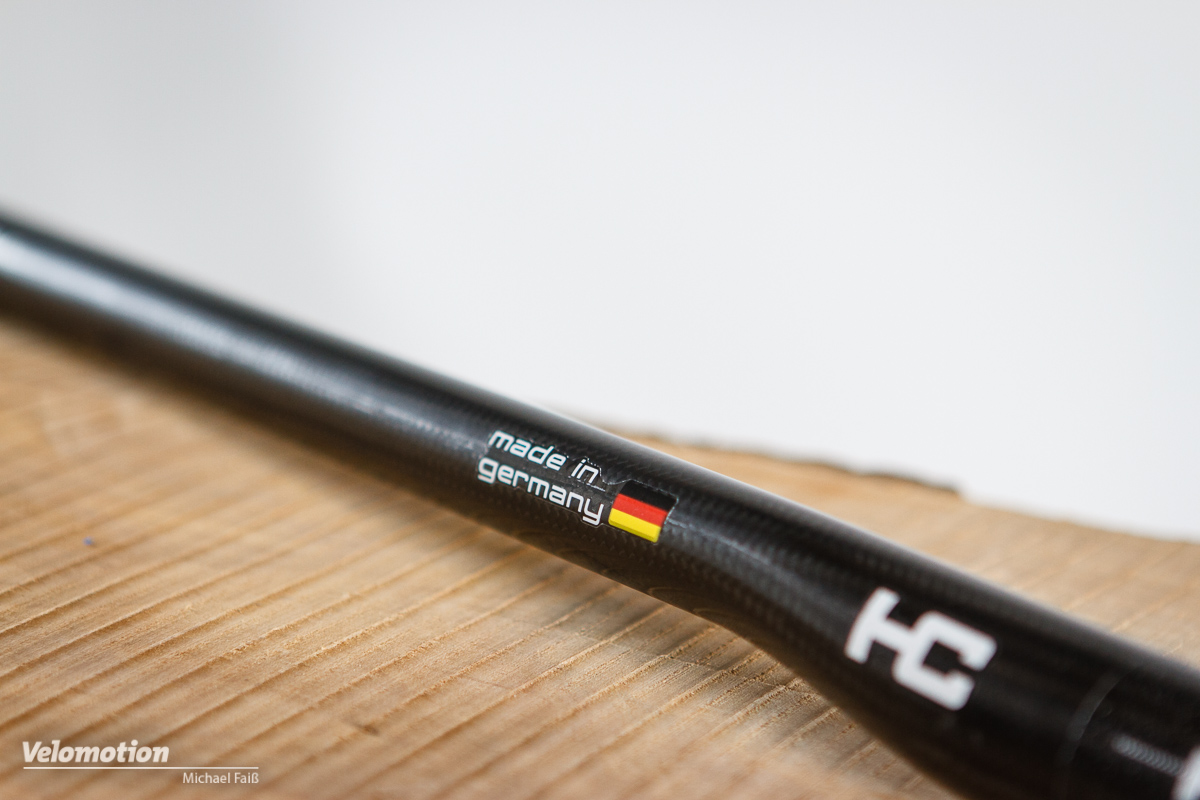
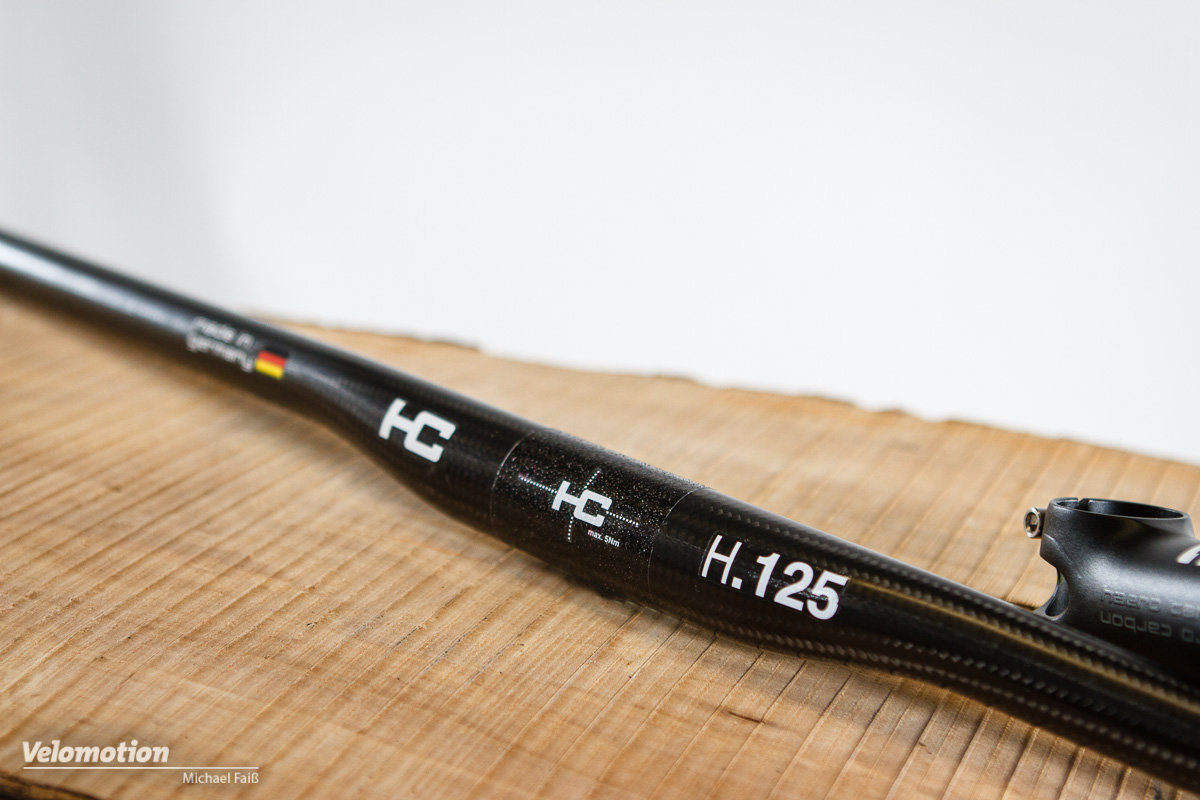
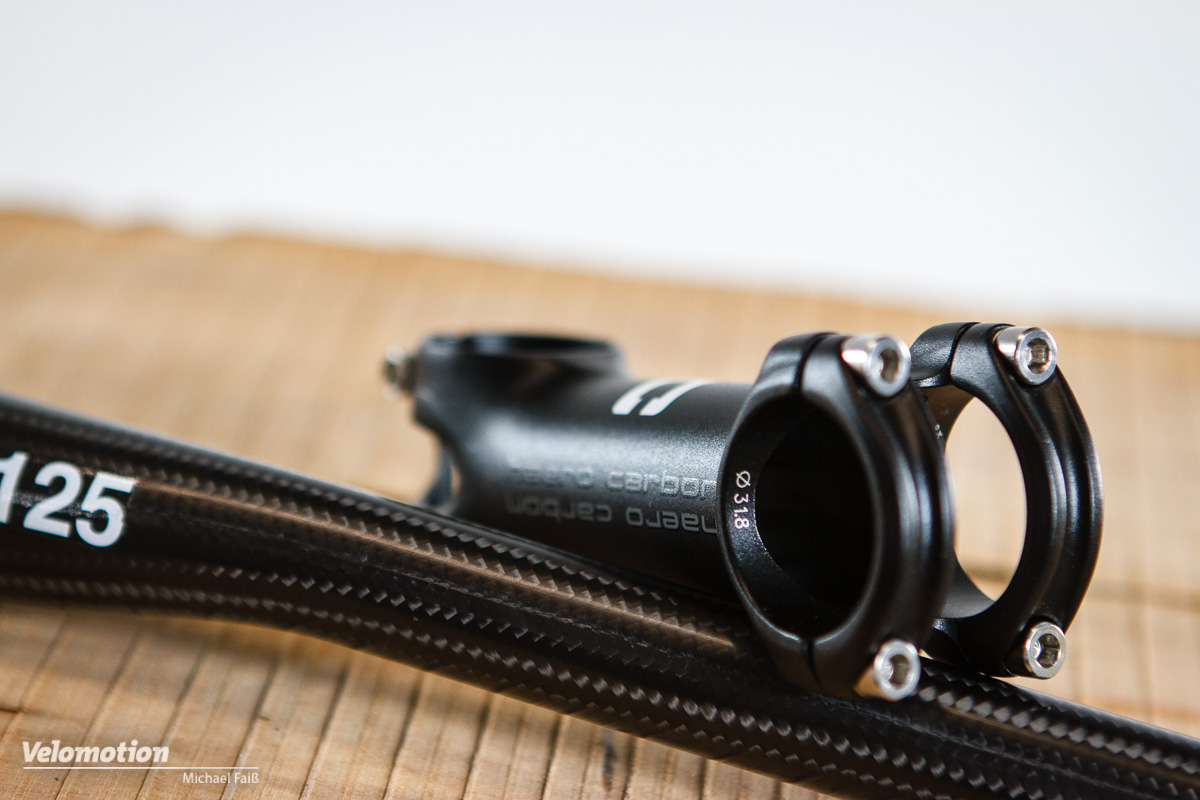
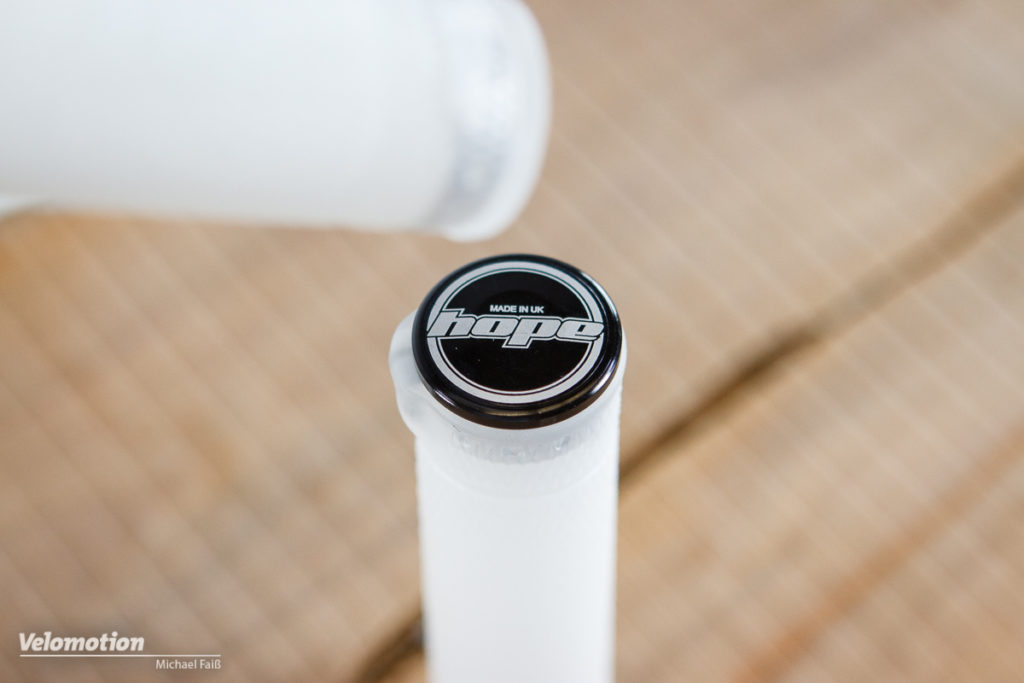
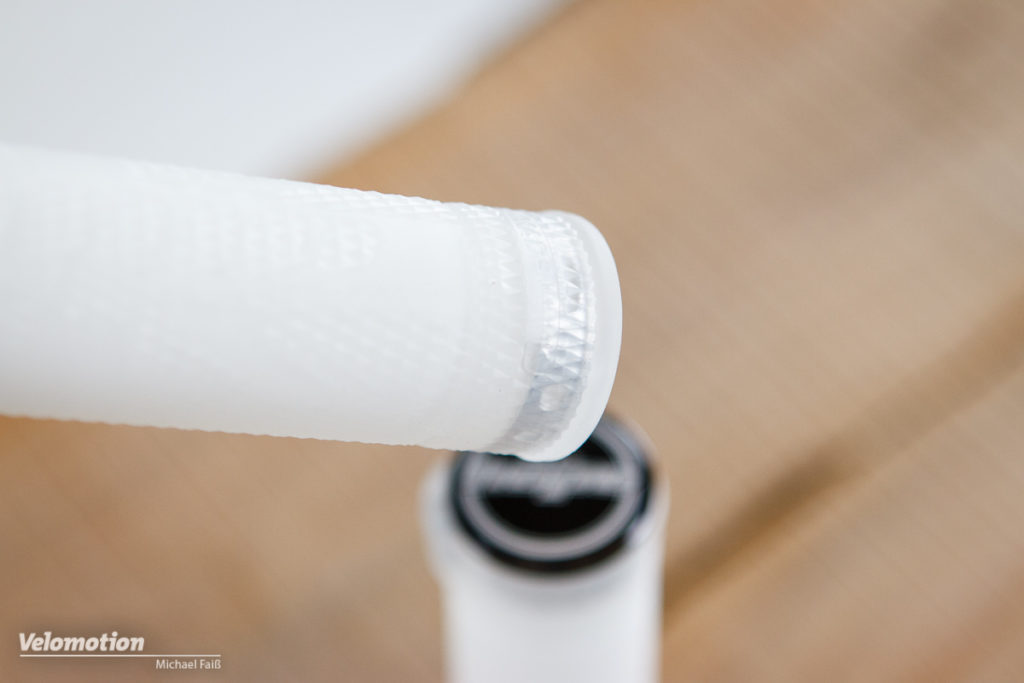
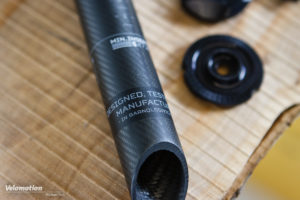
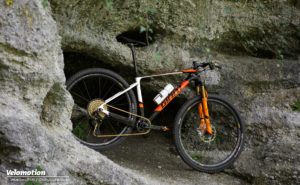
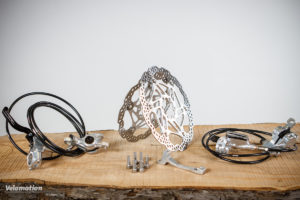
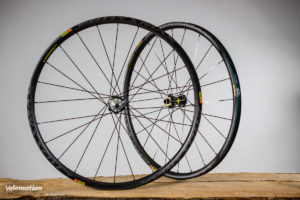
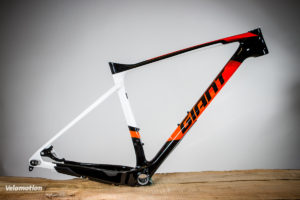
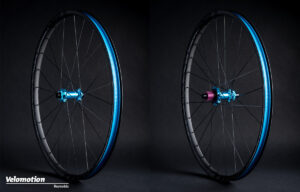
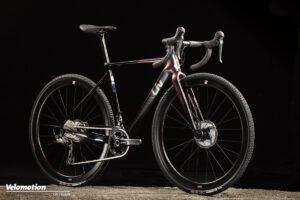
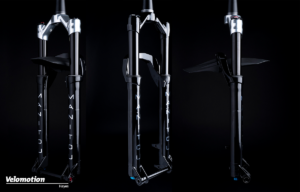
Schreibe einen Kommentar